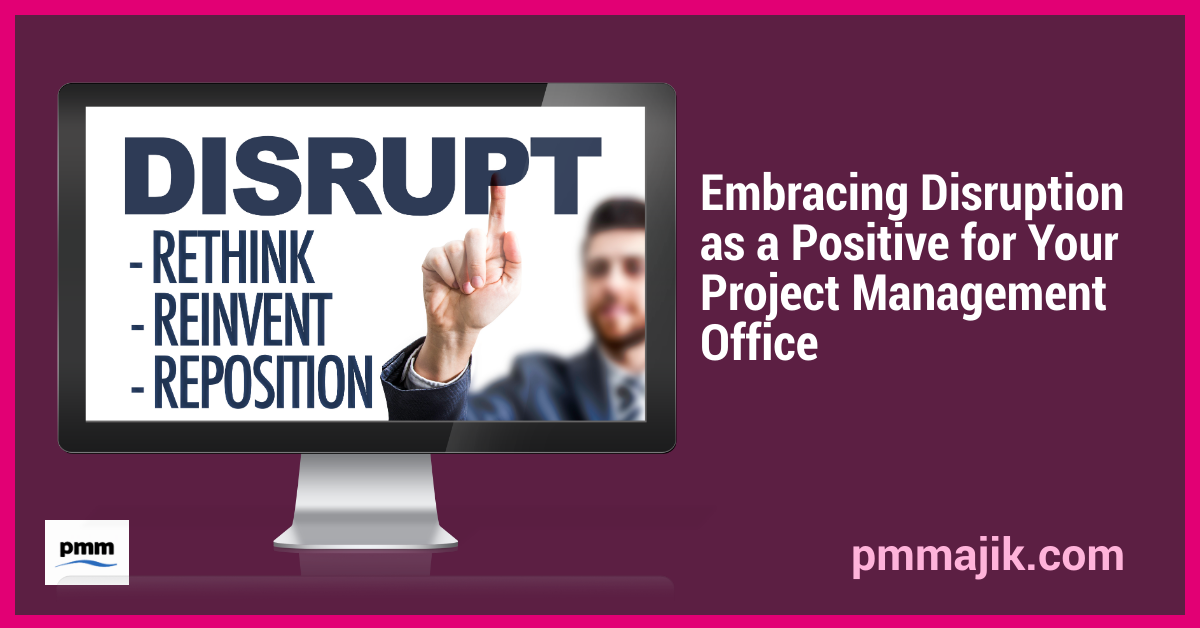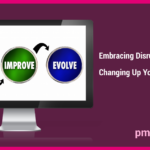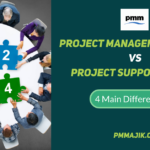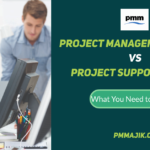The idea that disruption can be good for your project management office (PMO) might seem counterintuitive. However, embracing disruption as a positive for your PMO can drive better results for your office and the business.
Risk management and mitigation are a major part of project management, and we’re not advocating your projects embrace any and all chaos that comes along! There are, however, positive disruptions that your office can work with.
We’re going to look at an overview of different process and technological disruptions that your PMO should be working with. In later posts, we’ll explore each idea in more detail.
1. Disrupting the role of your PMO
A traditional PMO will tend to focus on governance and reporting on the projects under its purview. It’ll offer services like monitoring compliance and whether the project is on track to hit budget and timeline targets.
A more modern take on a PMO is to be business- or enterprise-focused. This means the PMO becomes responsible for commissioning projects and potentially managing project managers directly.
Indeed, the PMO can be in the vanguard of driving change in a business, and we’ll look at how in a future post.
2. Disrupting the role of the project manager
A project manager (PM) is often thought of as an administrator – the person who controls budgets and schedules. Nowadays, there is more recognition of the need for leadership skills within the PM role.
Especially with the advancing technology a PM can use, which we’ll look at in a moment, the PM role can shift focus to soft skills such as:
- Leadership
- People management
- Creative thinking
- Strategic thinking
This means the PM can become an advocate of disruption and embrace the technology being harnessed during the process of introducing disruption.
3. Using artificial intelligence to disrupt your PMO
Artificial intelligence (AI) has been a buzzword for years, but it’s taken a while for the technology to find a way to be useful to business. In terms of project management, it is able to drive automation and increase efficiencies.
Automating scheduling and budget management, for example, can help free up PM resources for them to become the leaders and creative thinkers we’ve just looked at.
Day-to-day updates, meeting planning, and resource allocation tools are all mature enough to be brought into project management now. This is shaking up how projects and their leaders function.
4. The Internet of Things and project disruption
The Internet of Things (IoT) is about how a set of devices work together through an online connection. In terms of project management, this is most tangible in the use of software that lets teams and tools communicate seamlessly.
Think about a tool like:
- Microsoft Teams
- Asana
- Airtable
And plenty more. These tools can be used by everyone on a team through their computers and other devices to communicate seamlessly. This type of tech has been around for a few years now, so may not seem as disruptive as AI, but it’s still waiting to be implemented across plenty of PMOs and projects.
5. Project disruption using cloud technologies
Cloud technologies allow teams to store and access documents and data wherever they have an internet connection because it’s stored in an online server. Public cloud tools like Google Drive and Dropbox may be synonymous with this tech, but it’s also possible to have hybrid and private cloud servers.
Having everyone be able to access information no matter where they are can drive the post-pandemic shift to hybrid and remote working. It also enables smooth, real-time collaboration and can speed up the sign-off process, boosting project productivity.
Using disruption to the advantage of your PMO
Everyday disruptions to projects aren’t ideal, but using technology and process disruption to move your PMO forward and improve projects can give your office and the wider business a leading edge. Embracing disruption as a positive in your PMO needs serious consideration.






